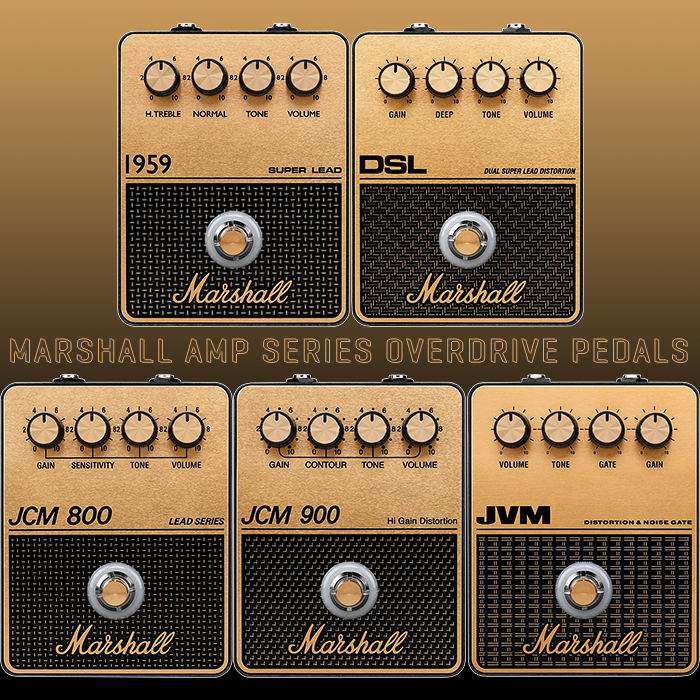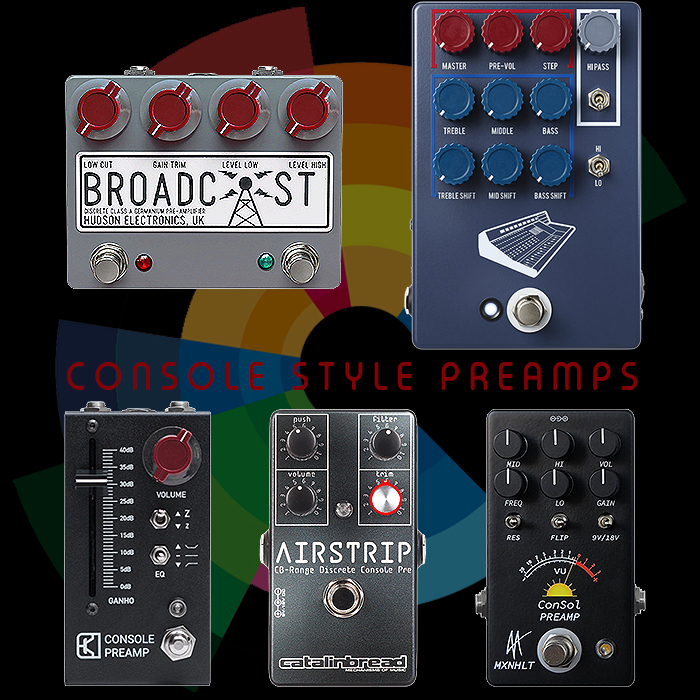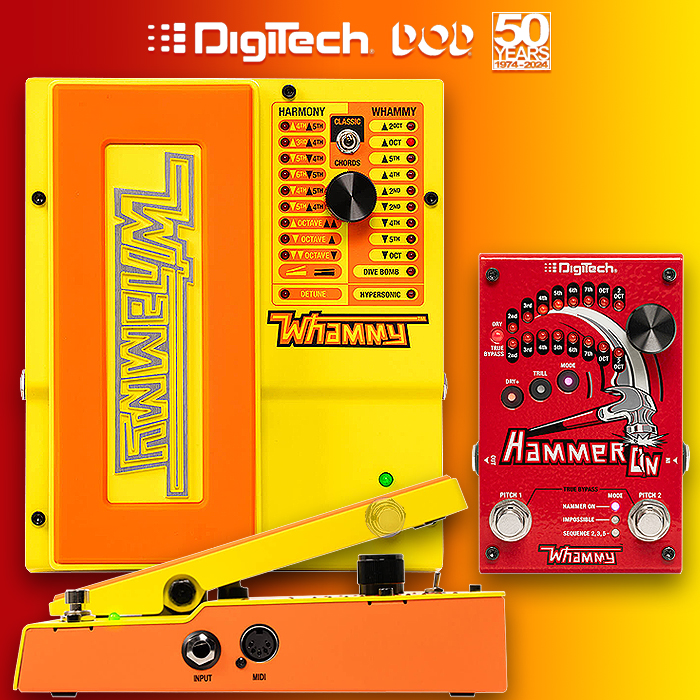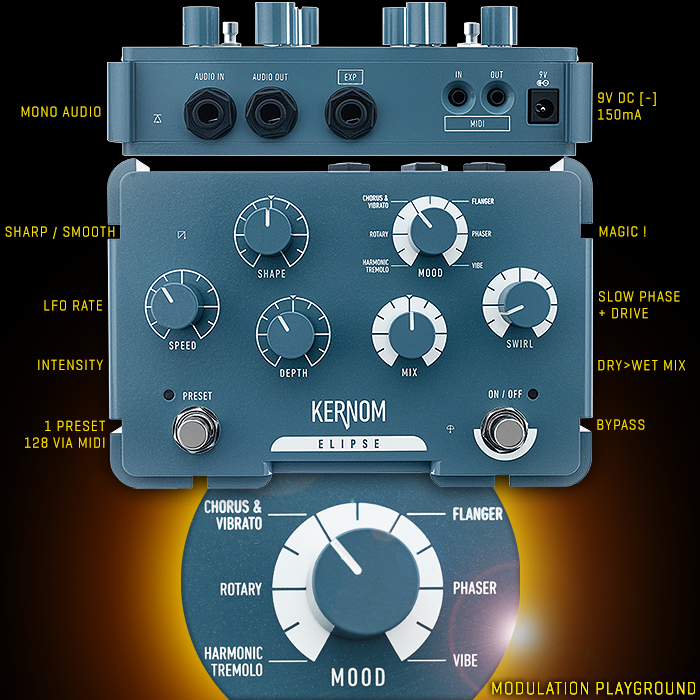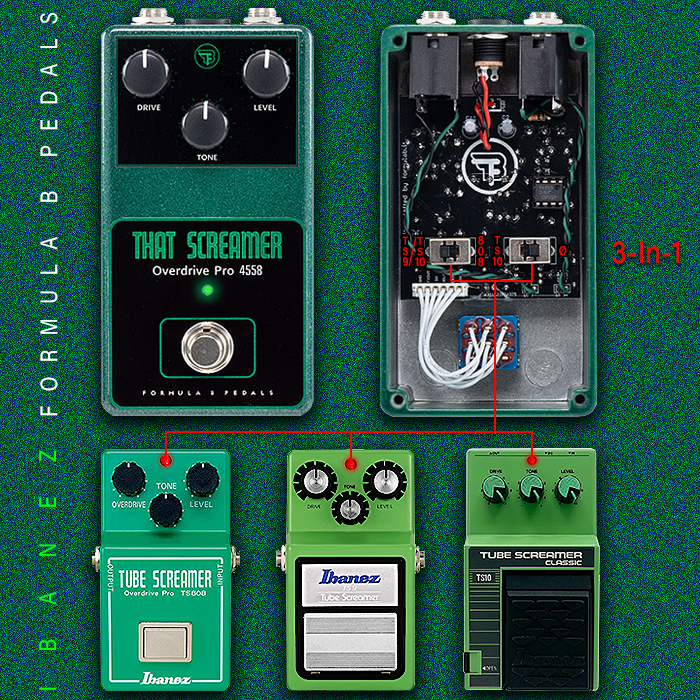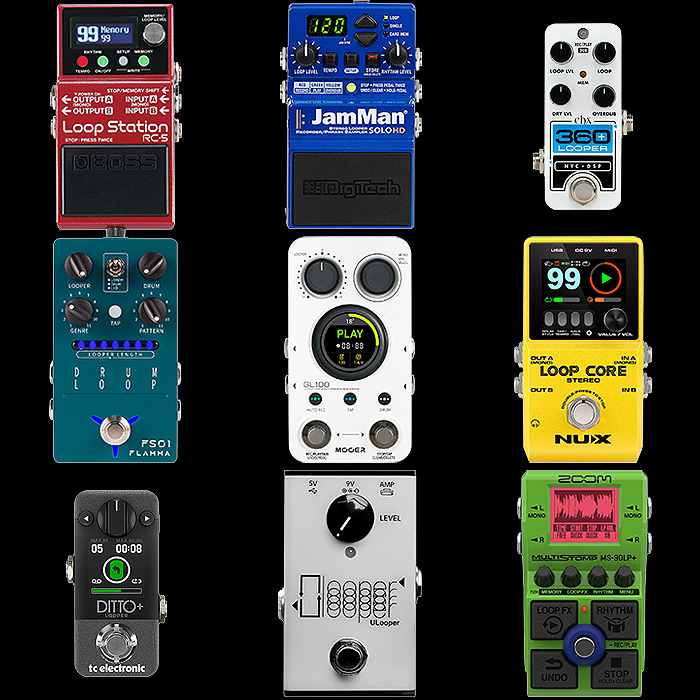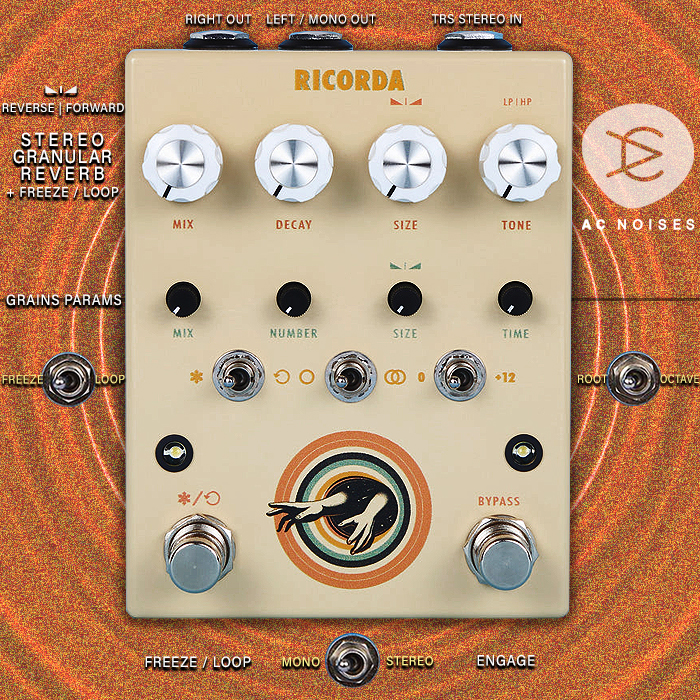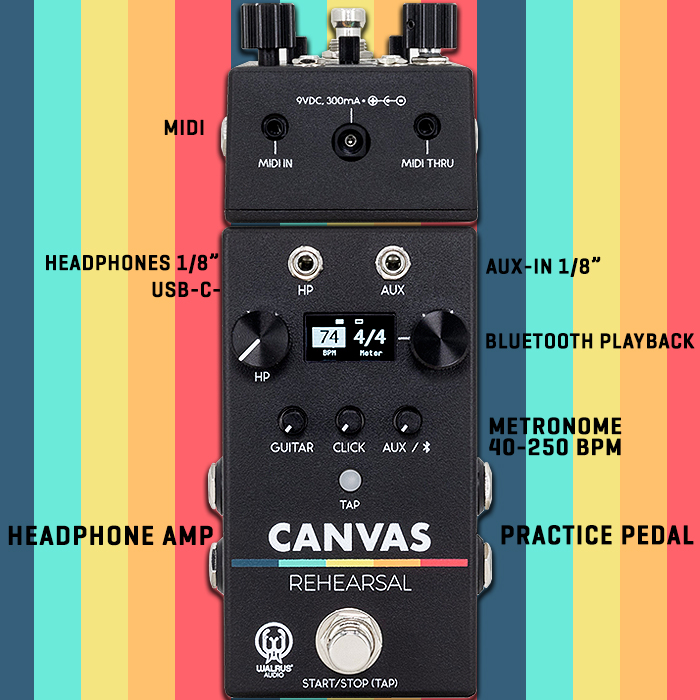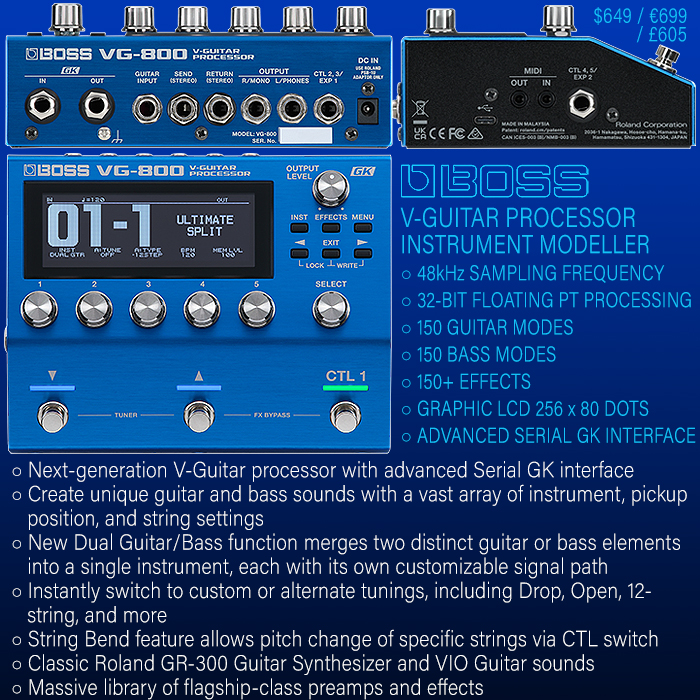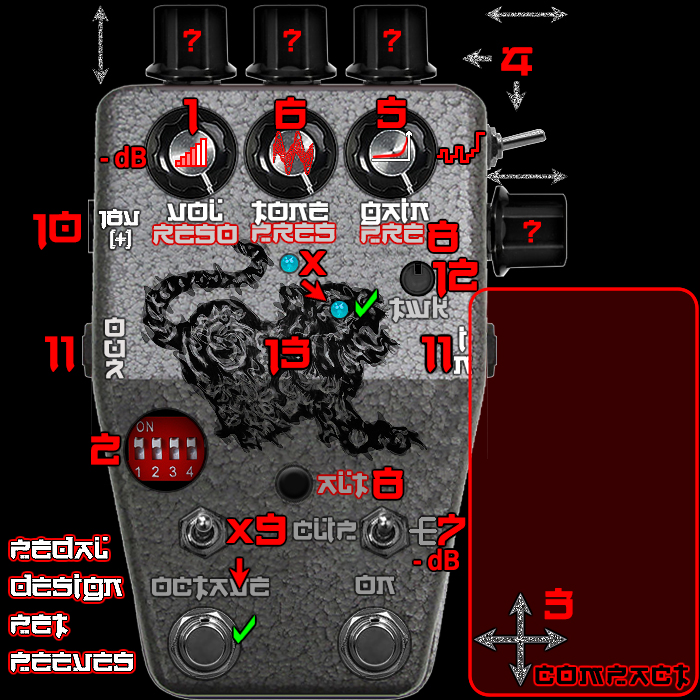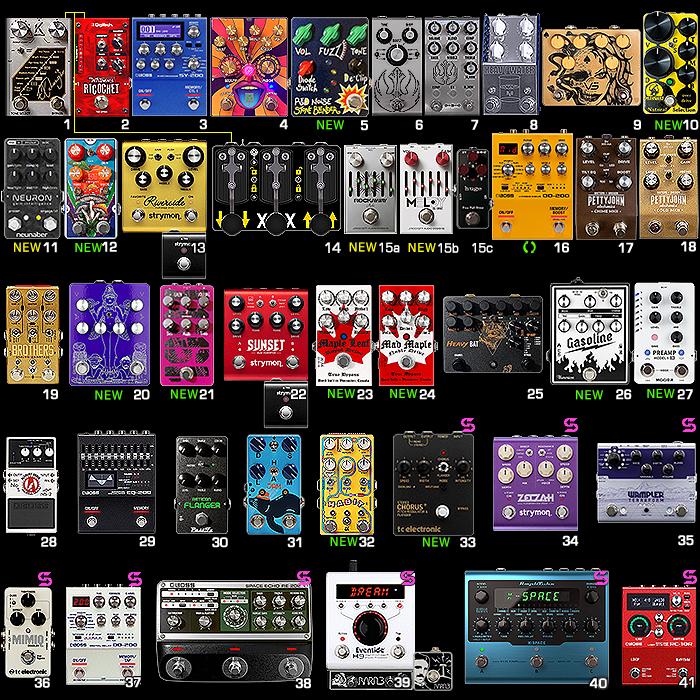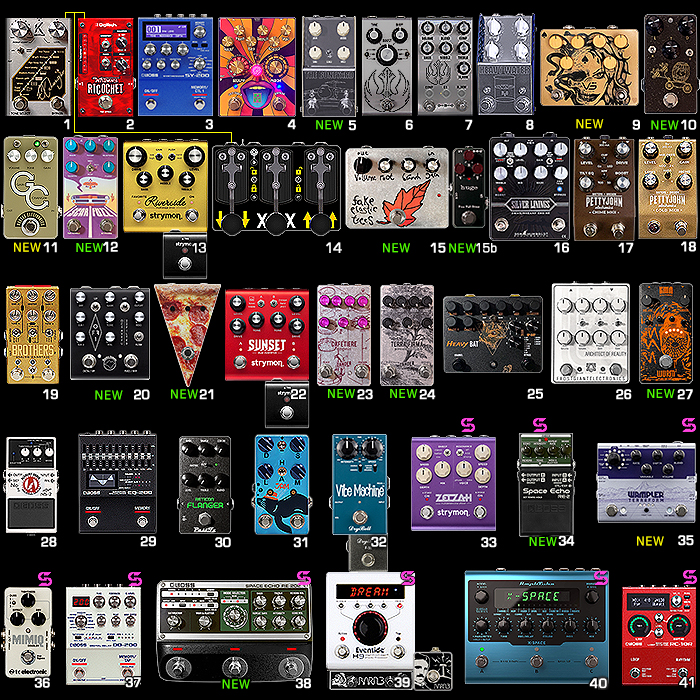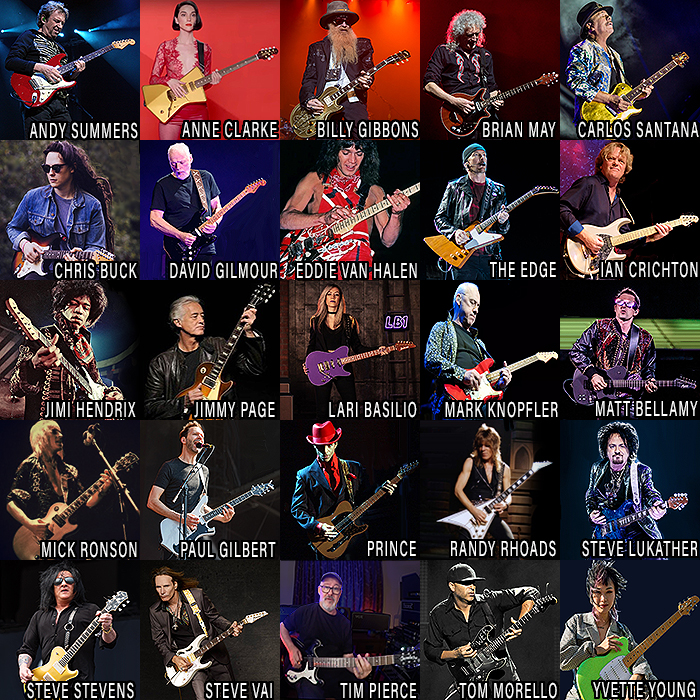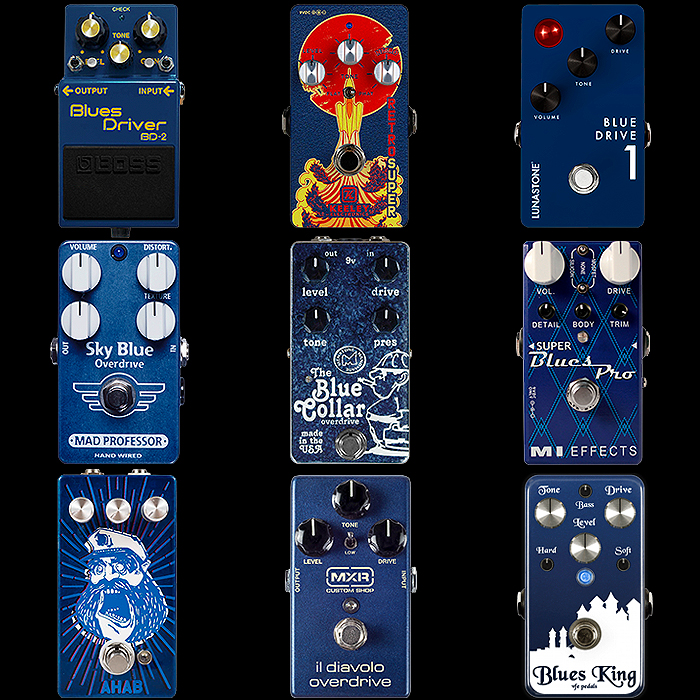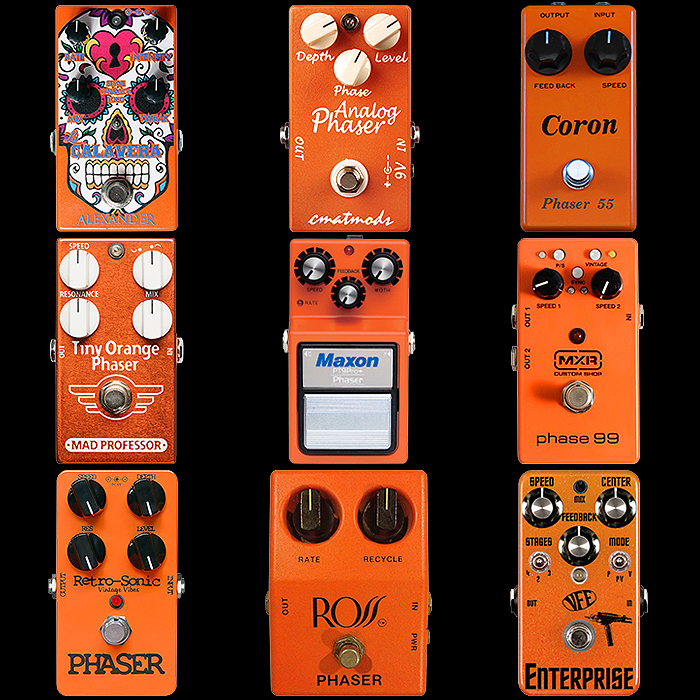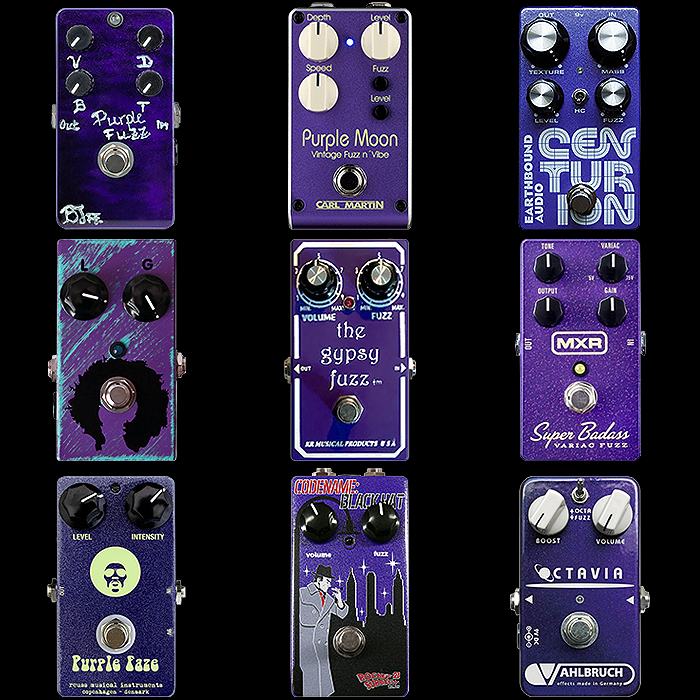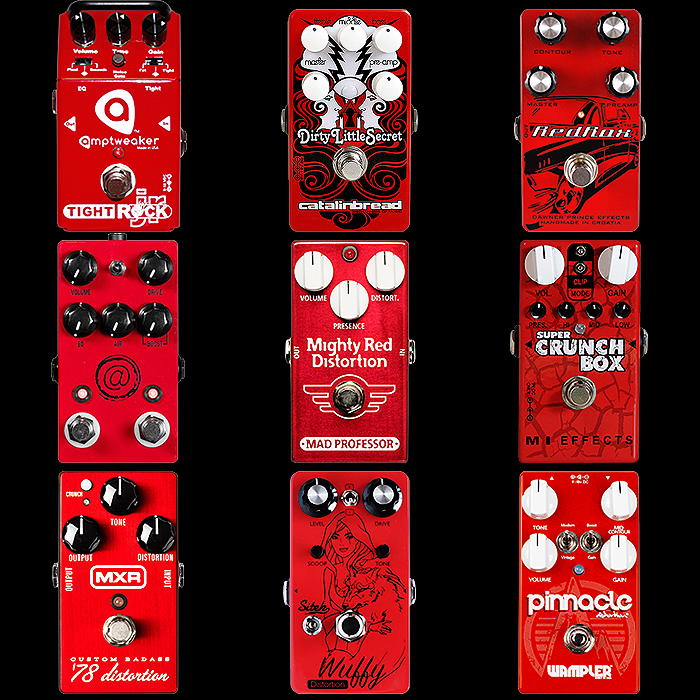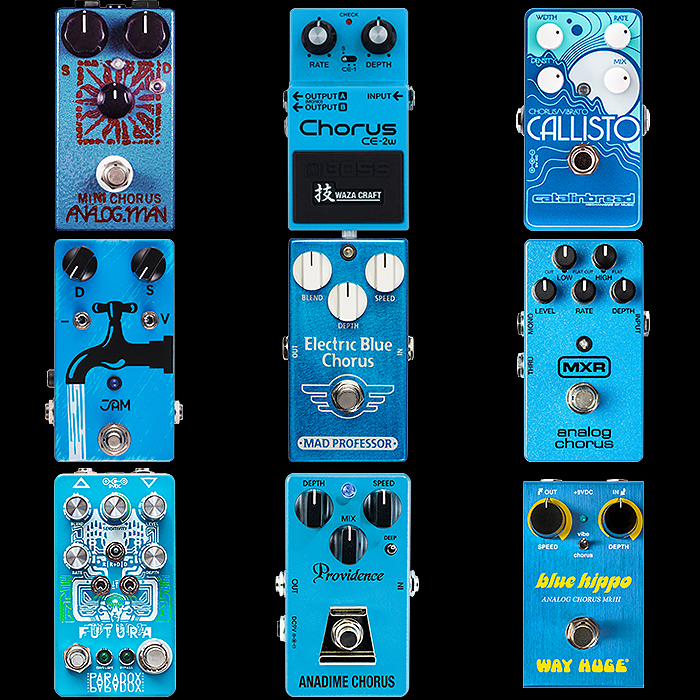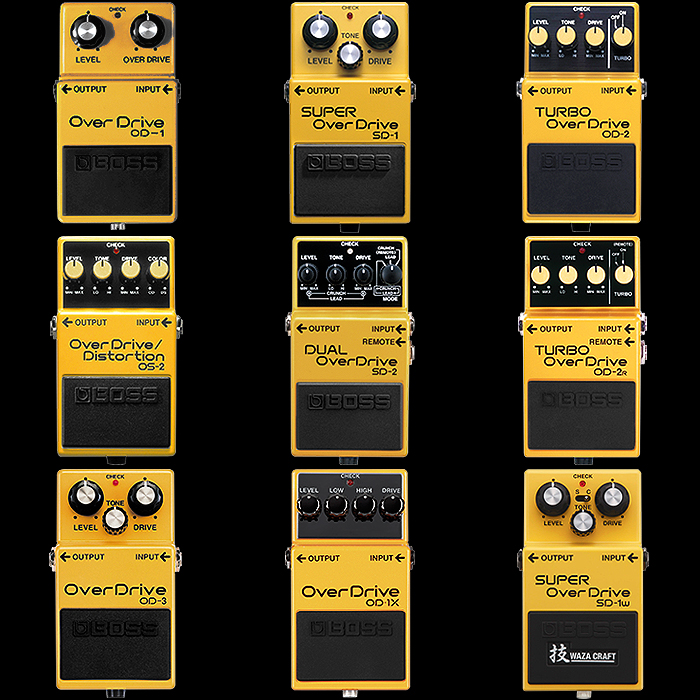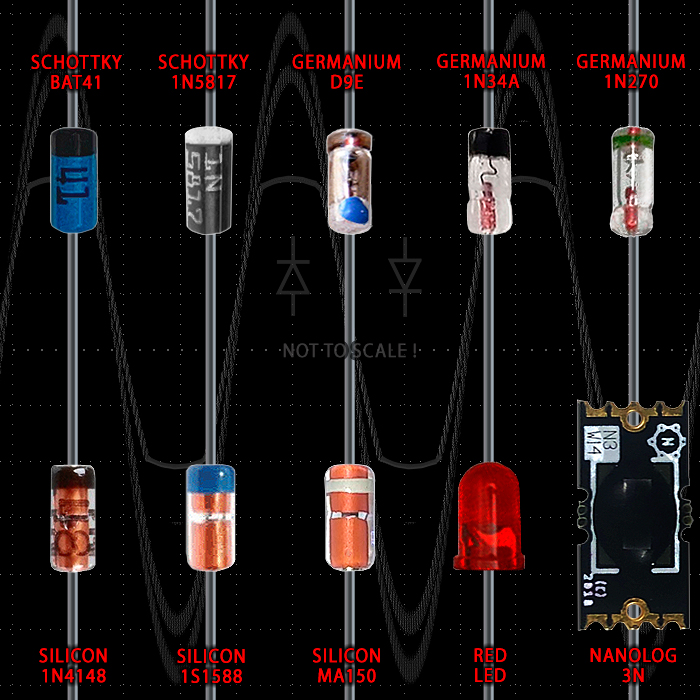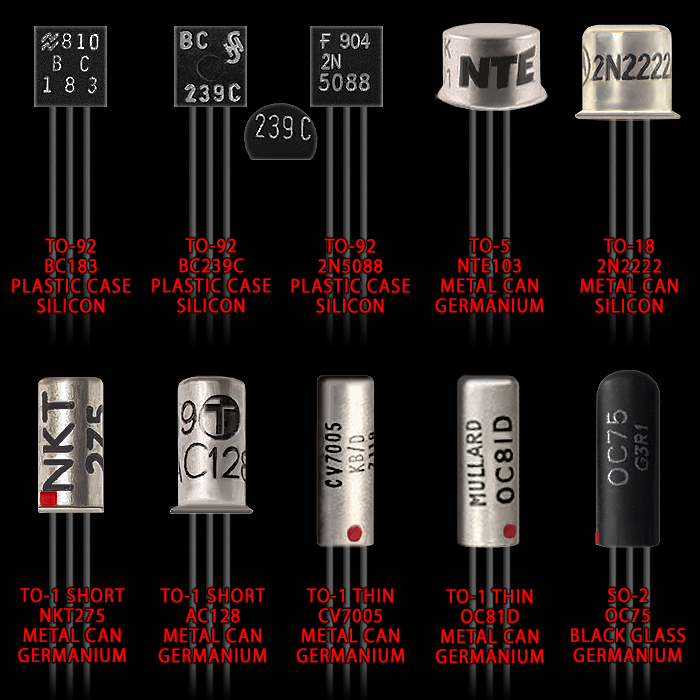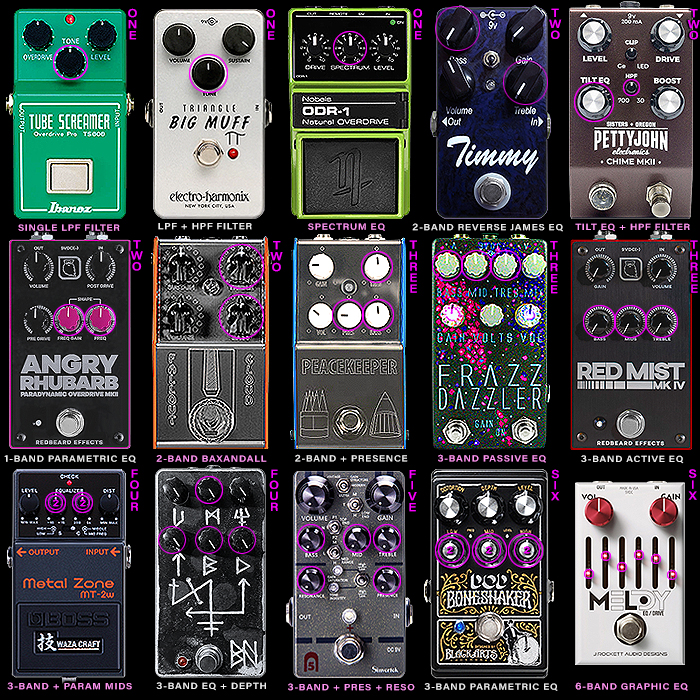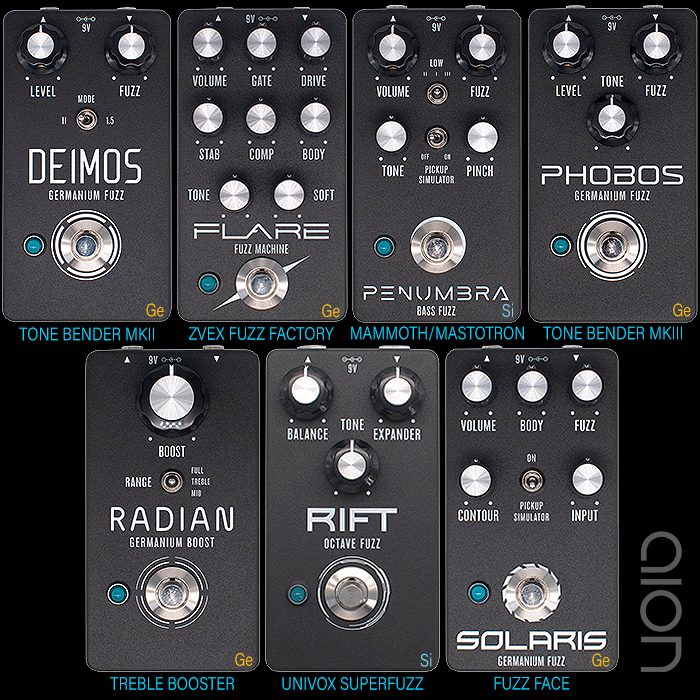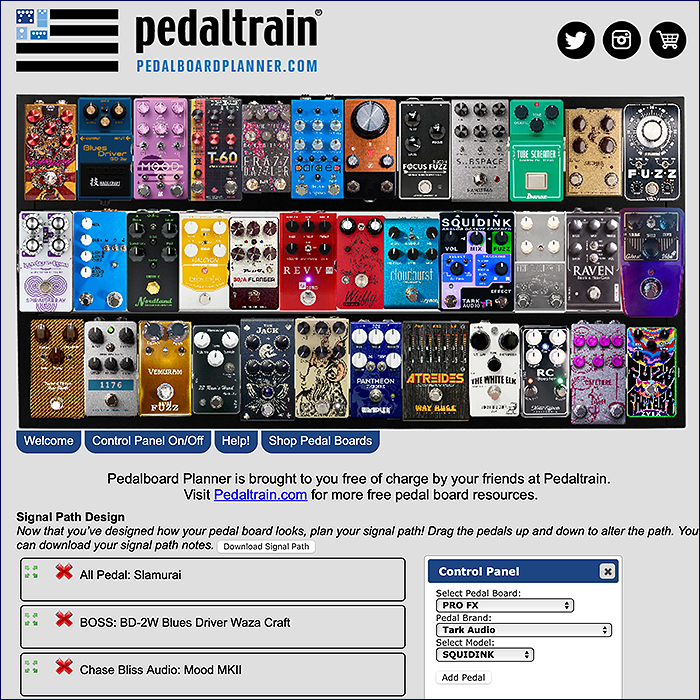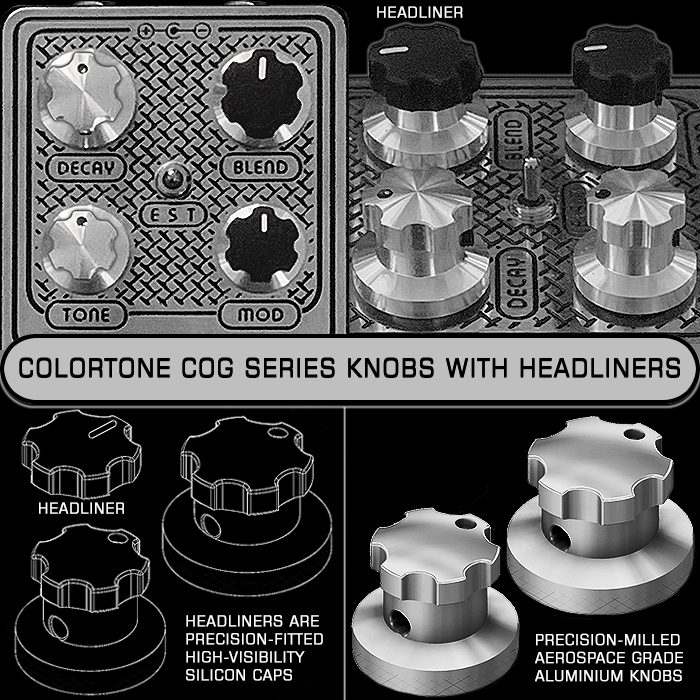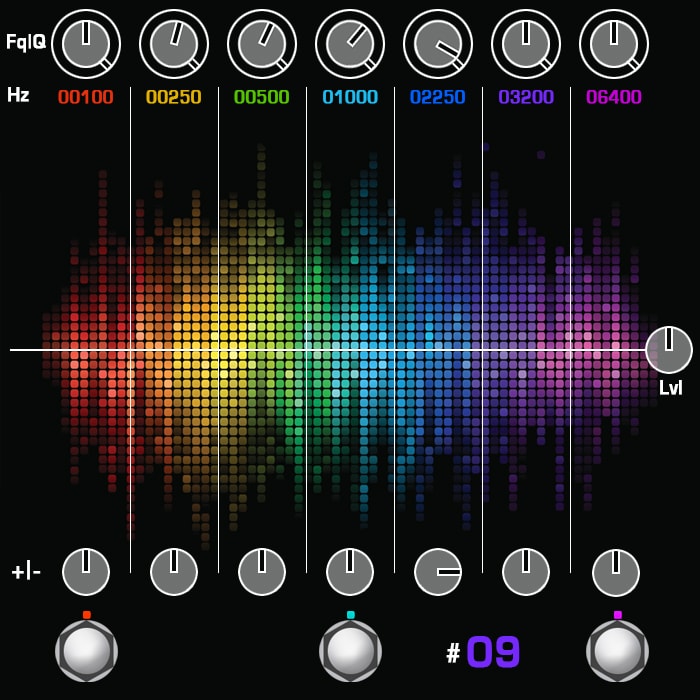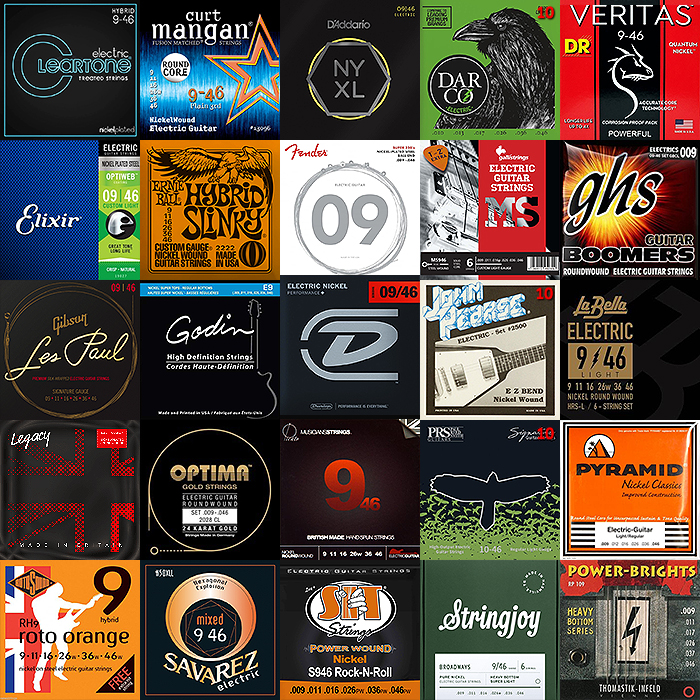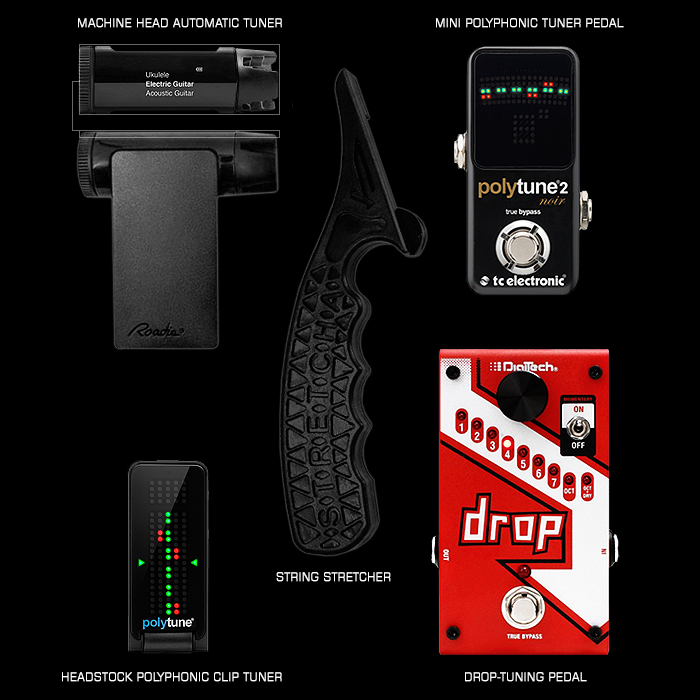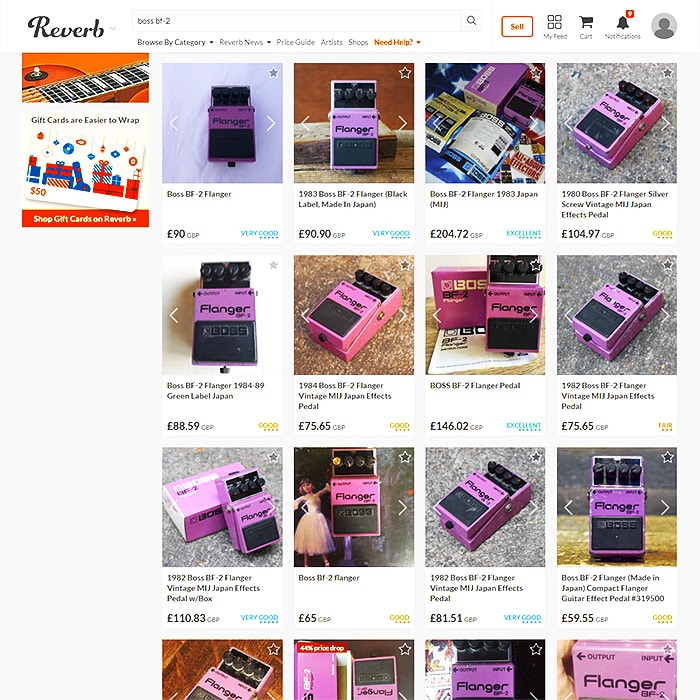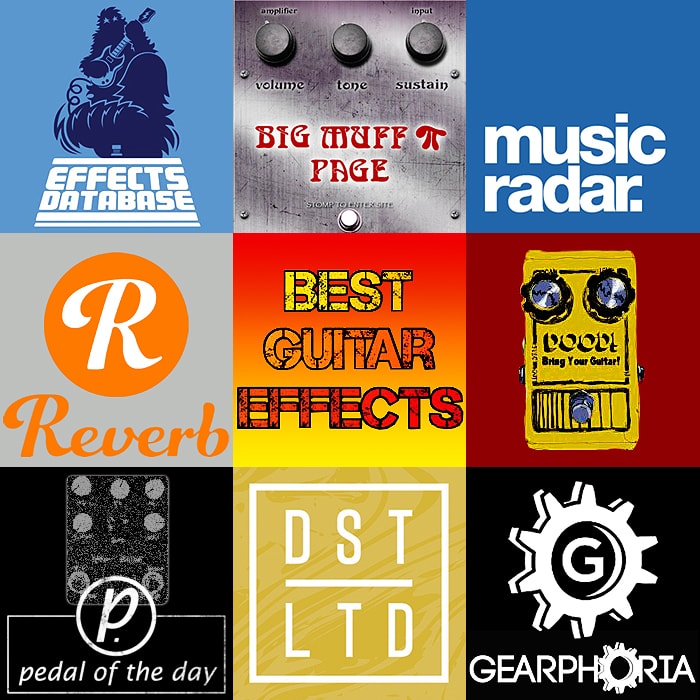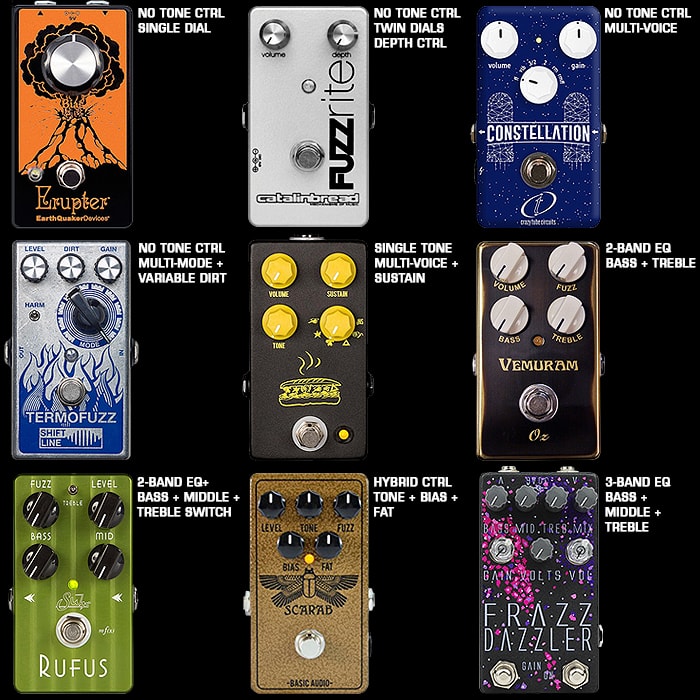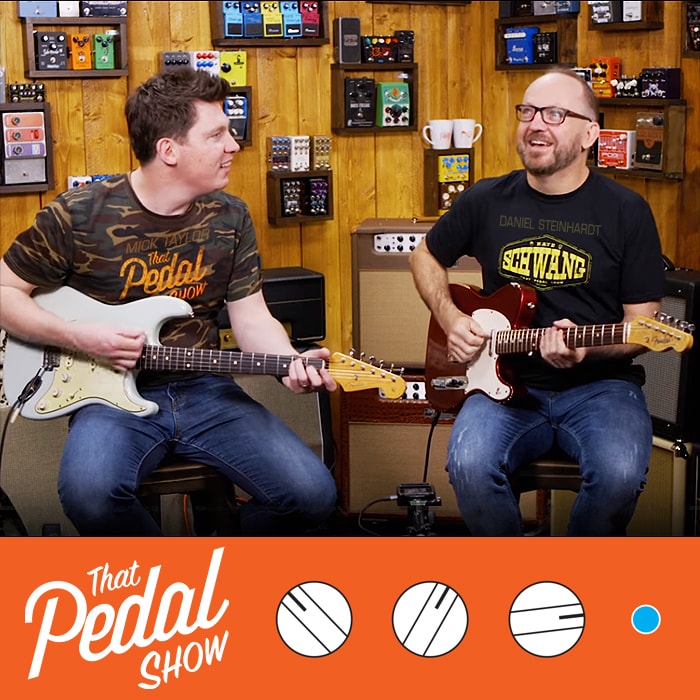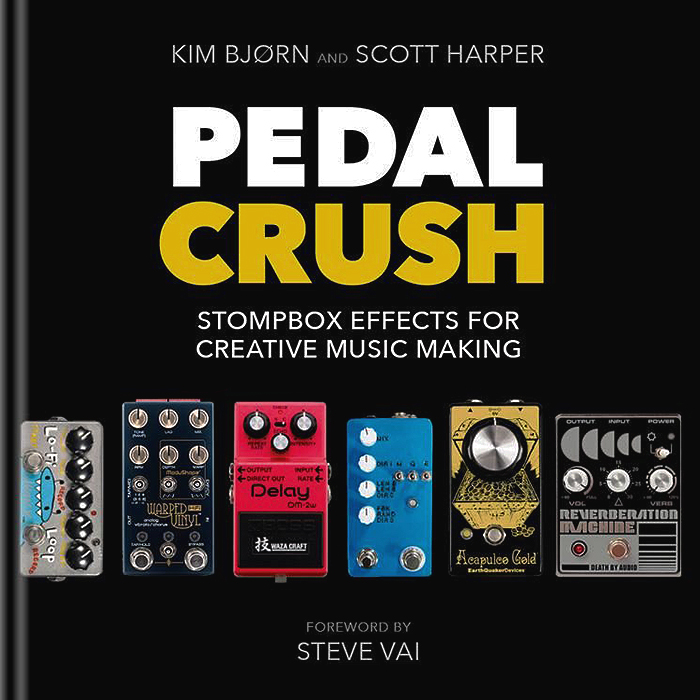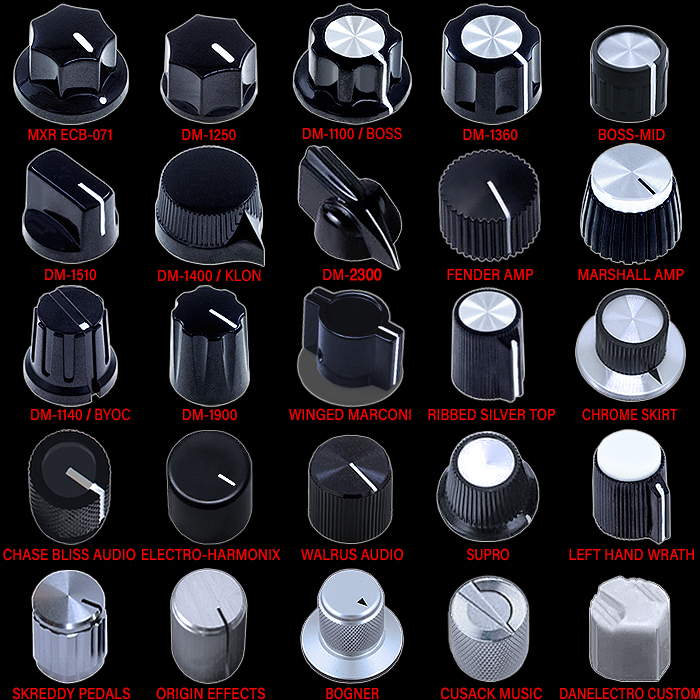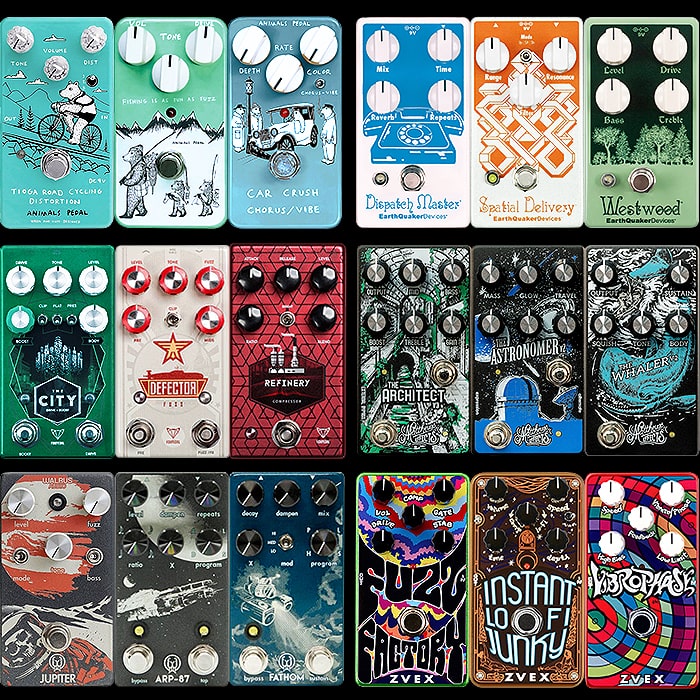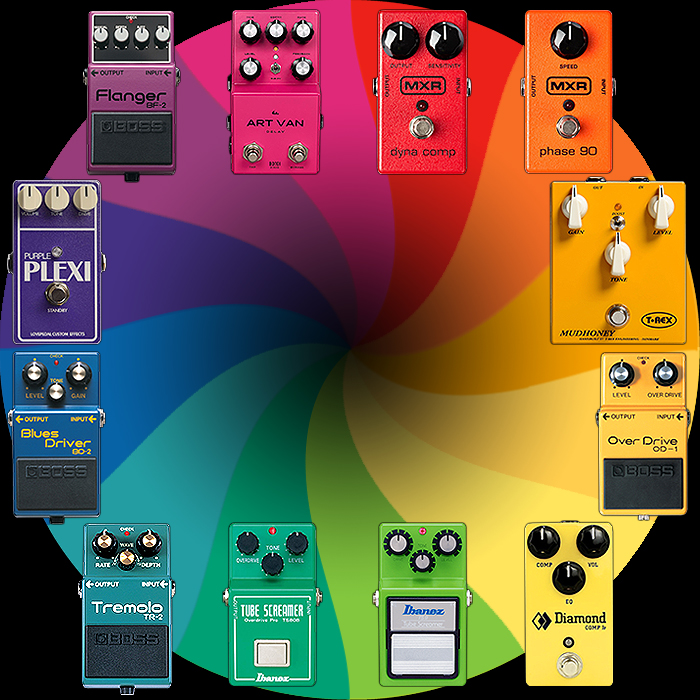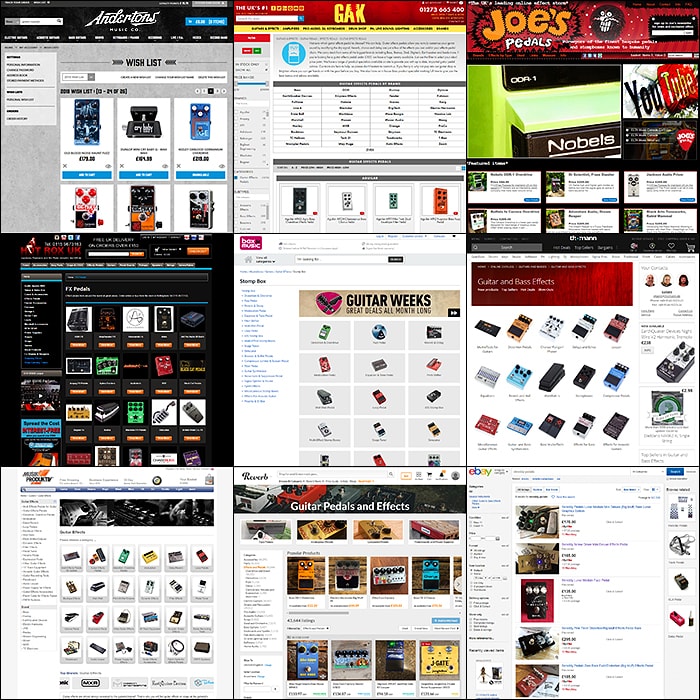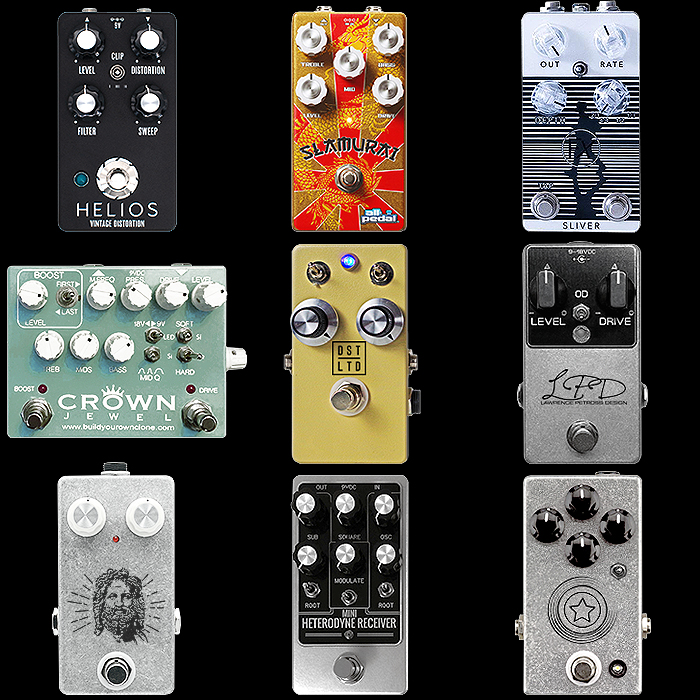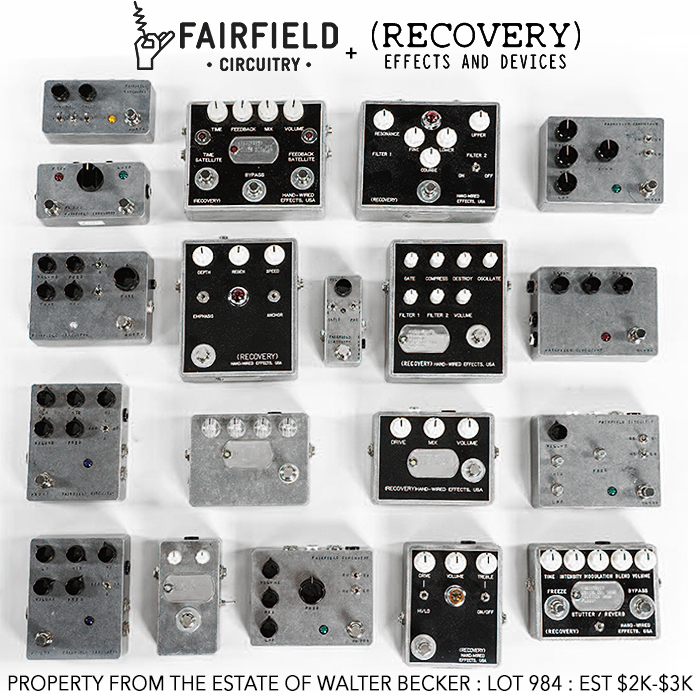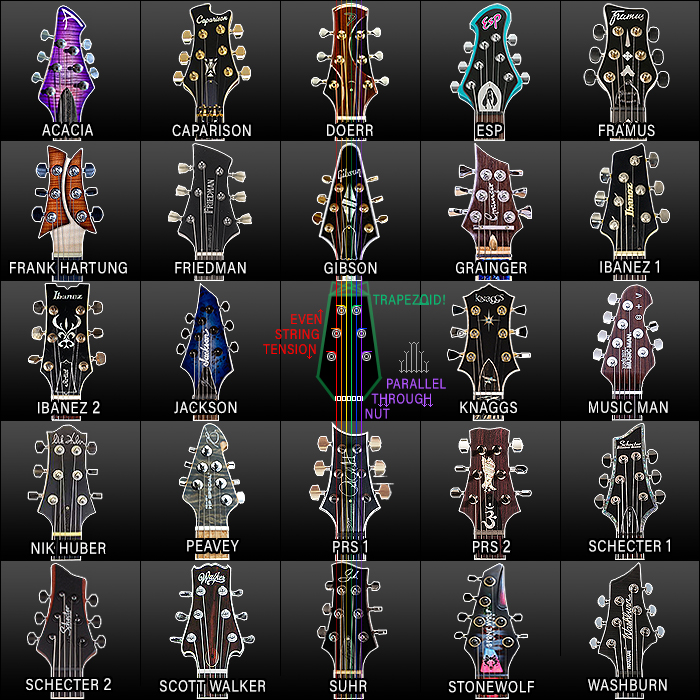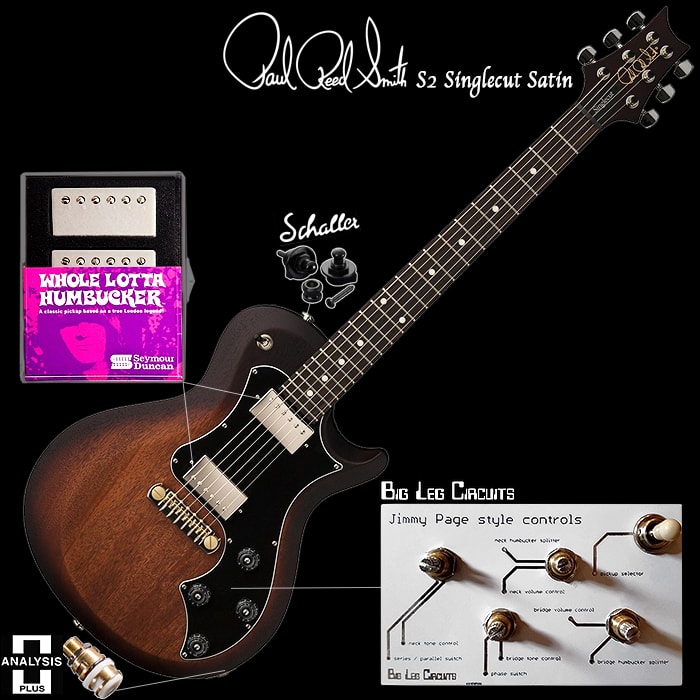Pedalboard Tetris and the Key Pedal Enclosure Sizes and their Footprints
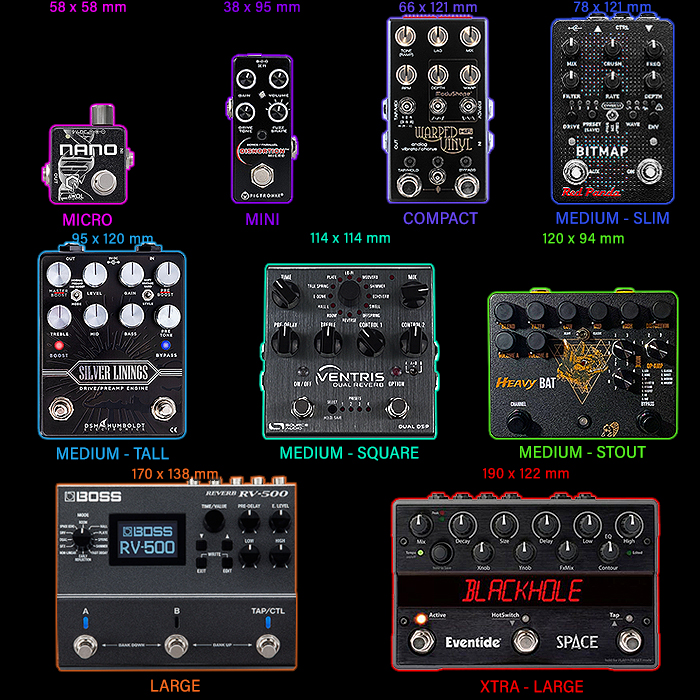
Readers will know that I’m somewhat particular when it comes to pedal enclosure sizes - where I tend to favour the Compact format as much as is possibly - mostly for practicality reasons - and with recent innovations from Chase Bliss Audio, Alexander Pedals, Jackson Audio, JHS Pedals, and Walrus Audio - we’re getting ever more complex and capable pedals in that most easy to accommodate construction.
By my reckoning there are in the main 9 Key Sizes :
MICRO | MINI | COMPACT | MEDIUM-SLIM | MEDIUM-TALL | MEDIUM-SQUARE | MEDIUM-STOUT | LARGE | XTRA-LARGE
While we have a lot of custom boxes nowadays too off all dimensions - including of course the recent BIG EAR pedals SLICE OF PIE PIZZA FUZZ!
I’m rather a modernist in approach - looking ideally for six knobs, multiple modes, dual footswitches and top-mounted jacks on a 125B Compact Enclosure - preferably Aluminium too - but don’t mind Steel and Brass. I absolutely abhor unnecessarily over-sized pedals - including a lot of those original ones - while I do rate authenticity in components and circuitry.
Many don’t realise that the whole pedal industry has largely been cast-offs and surplus based - with makers typically gravitating to the easiest and cheapest of available components and materials - and essentially re-using parts that had been discarded from the mainstream and military radio-based technologies. Famously the original Arbiter Fuzz Face used a discus-shaped Mic-Stand Base as its enclosure - where the circuit is akin to a pea rattling around in a can really. I often call those older jumbo pedals baby-coffins and briefcases and tend to be rather disparaging of those that still choose to hype them up.
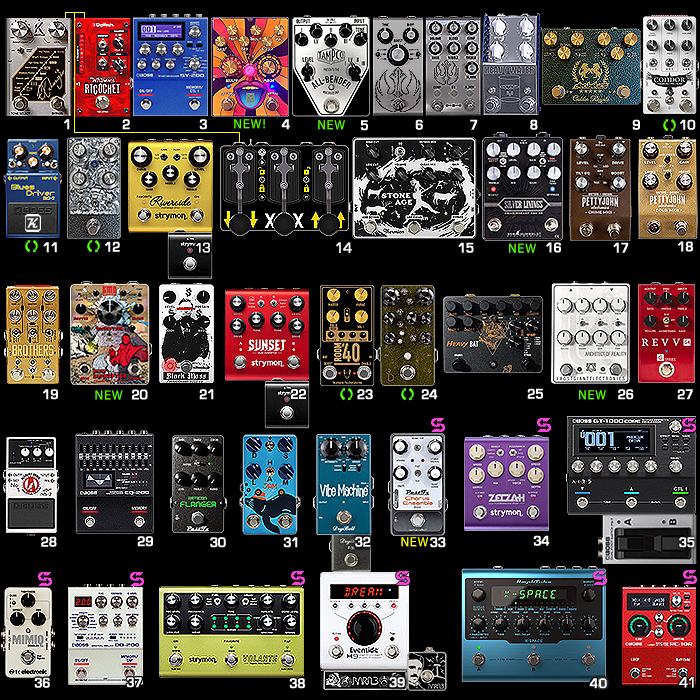
The key aspect of enclosure size is footprint and accmoodatability - how easy is it to slot that pedal into different positions of your pedalboard or signal-chain. I’ve obviously developed my 12 Degrees of Saturation Methodology over many years - and now have 41 differently sized slots consisting of the following key parts in the current arrangement :
- 20 x Compacts
- 9 x Medium-Tall
- 5 x Large
- 4 x Medium Square
- 2 x Medium-Stout
- 1x Medium-Slim : Keyztone EXchanger
My chain is essentially a grid of moveable parts - where various criteria determine position along the chain - of course chiefly around what fits in and around which slot!. I specifically select my pedals of choice as those which have the most potency and versatility for their position and relative size. Mini and Micro pedals I only use relatively rarely to squeeze in specific extra effects on the odd occasion.
Companies like EHX really need to re-tool their naming convention - as they have their Medium pedals labelled ’Micro’ and Compacts as ’Nano’. Obviously Micro is what AWOL Pedals does, Mini is the typical Mooer size, and Compacts are the standard sizes Boss, DOD, Ibanez and MXR popularised in the late 70’s. I think it’s about time pedal makers settled on the same naming conventions - as that woulld make things simpler for all of us.
Generally for me Compacts are for individual Effects, and Medium and Large are for more Expansive / Extended Range and Workshop Style pedals - typically with 3 or more footswitches. You need to decide which format best meets your requirements - and is able to deliver what you need. As an example I’ve always liked the look of the Hologram Effects Microcosm - but don’t really have the real-estate to accommodate that within existing structure. The Microcosm would have to be occasionally slotted in on #15 or else force 3 other pedals off the board. Hence my main Glitch pedals tend to be the Cooper FX Arcades, Drolo, Tomkat, and Chase Bliss Audio pedals.
I’m always looking for innovative, new and exciting pedals - while I alway have one eye on the pedalboard - as to which area I’m looking to refine in some way or another.
Here follow the 9 most typical sizes of enclosure that I tend to reference on this site :
MICRO
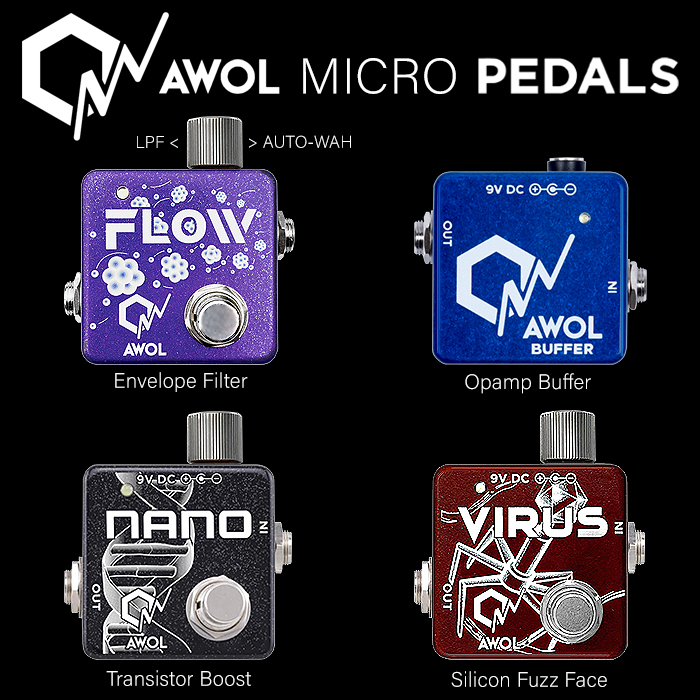
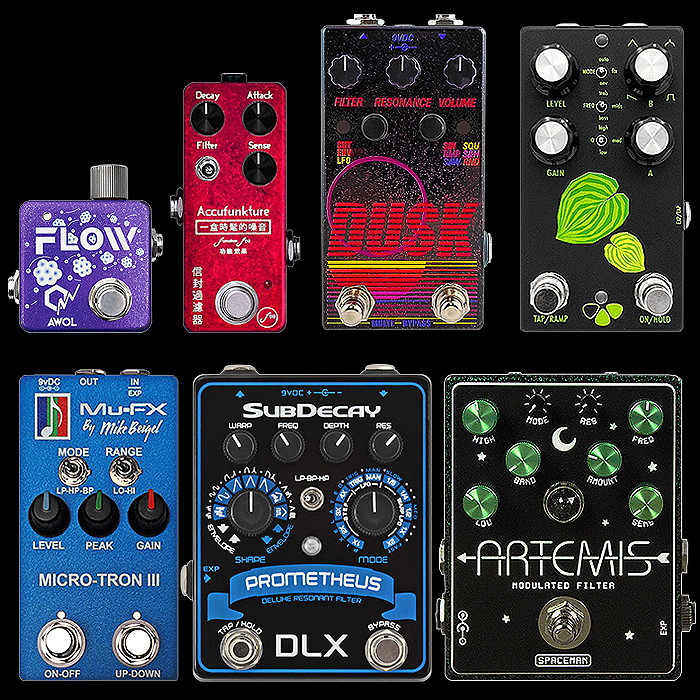
e.g. AWOL Pedals
Typically Hammond 1590LB : 51 x 51 x 31mm
AWOL Nano pictured : 58 x 58 x 31mm
MINI
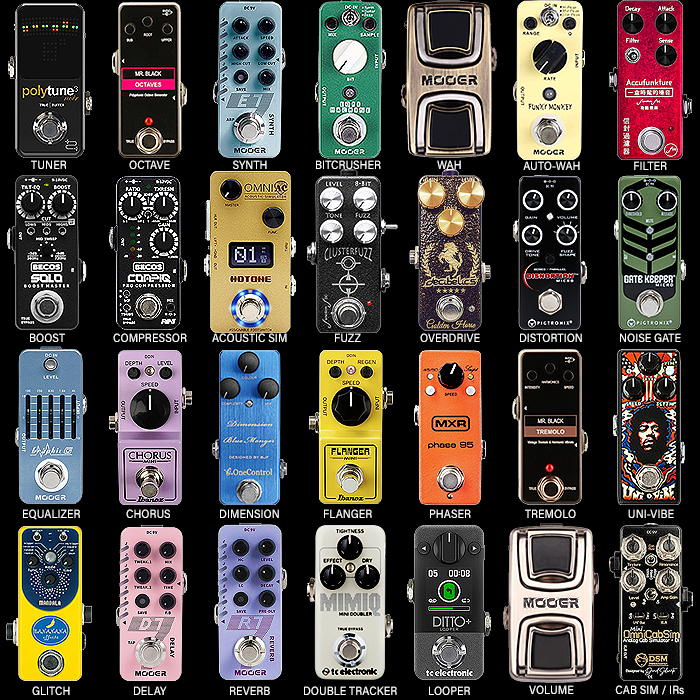
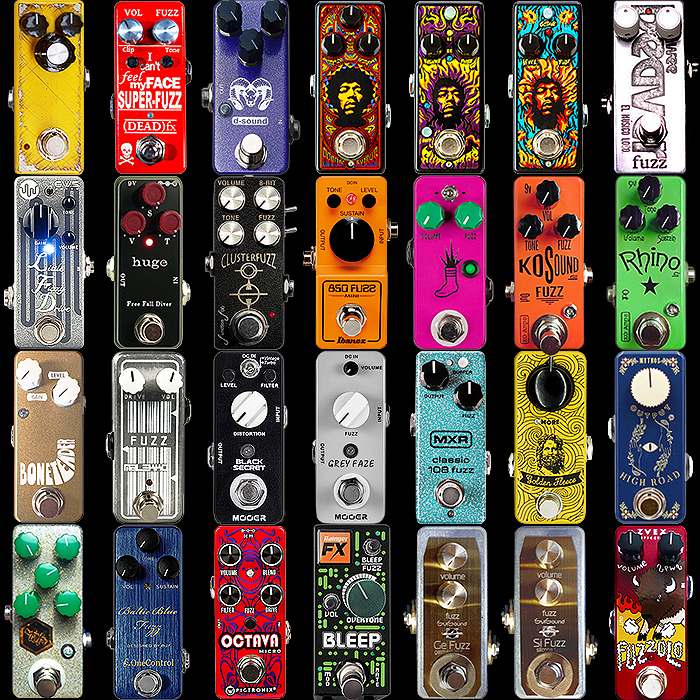
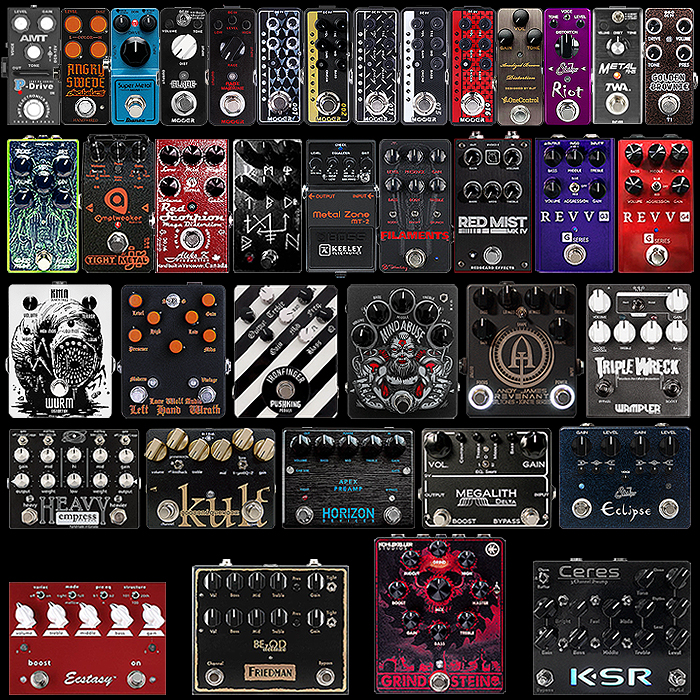
e.g. Mooer, Bananana Effects, Becos FX, Decibelics, Function FX / Pickdropper, Ibanez, Mr Black, MXR, OneControl, Pigtronix, TC Electronic
Typically Hammond 1590A : 39 x 93 x 31mm
Pigtronix Disnortion Micro pictured : 38 x 95 x 31mm
COMPACT
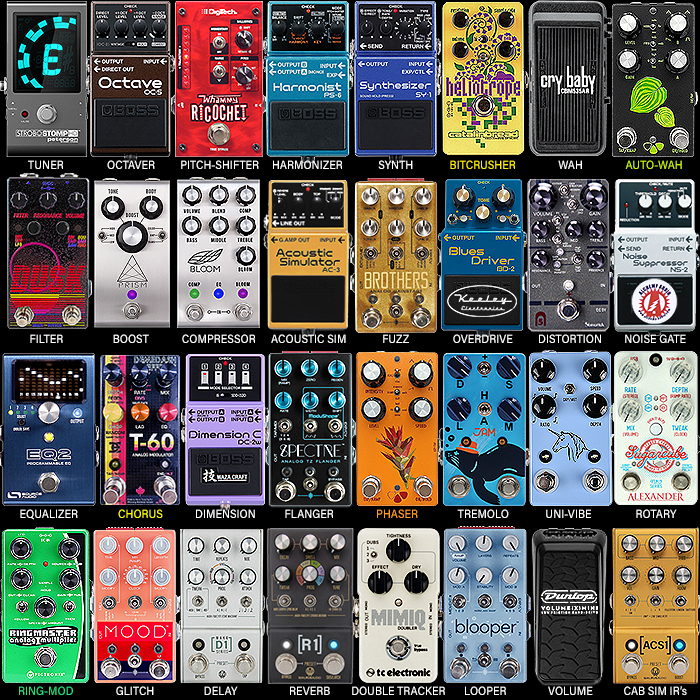

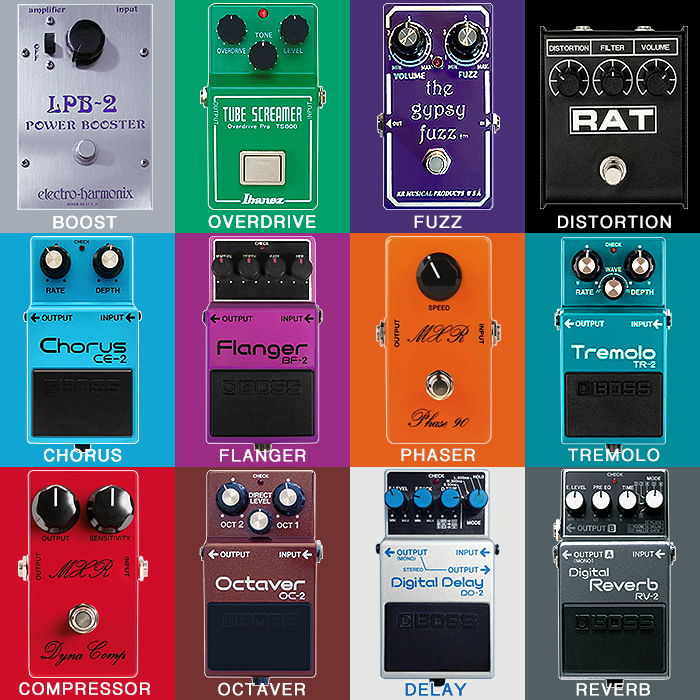
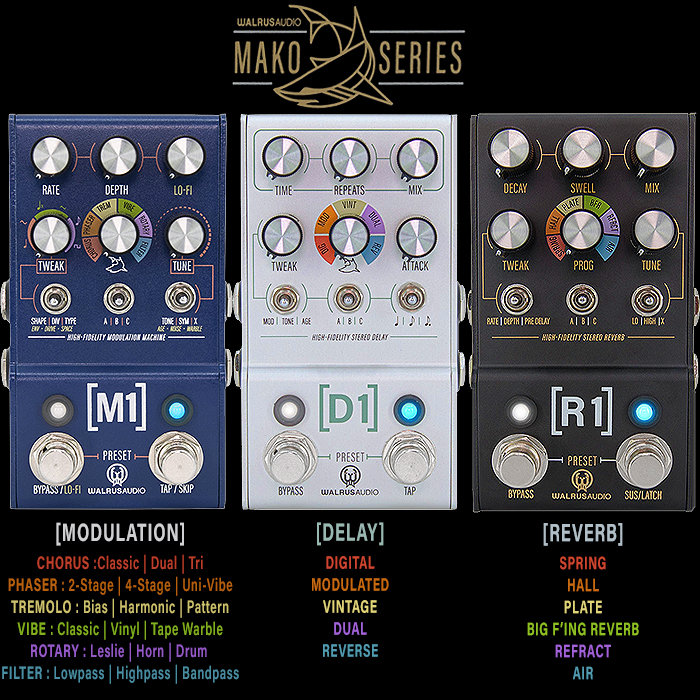

e.g. Boss, MXR, Alexander Pedals, Catalinbread, Chase Bliss Audio, EarthQuaker Devices, Ibanez, JHS Pedals, Maxon, TC Electronic, Walrus Audio
Typically Hammond 1590N1 / 125B : 66 x 121 x 40mm
Also Hammond 1590B : 60 x 112 x 31mm
Chase Bliss Audio Warped Vinyl HiFi pictured : 66 x 121 x 40mm
MEDIUM-SLIM

e.g. Red Panda Lab, Sitek Guitar Electronics, Keyztone
Typically Custom - various dimensions
Red Panda Bitmap V2 pictured : 78 x 121 x 64 mm
Sitek Freya Overdrive / Booster / Phasia Phaser : 120 x 75 x 60 mm
Keyztone Exchanger : 85 x 120 x 33 mm
MEDIUM-TALL / MEDIUM-VERTICAL

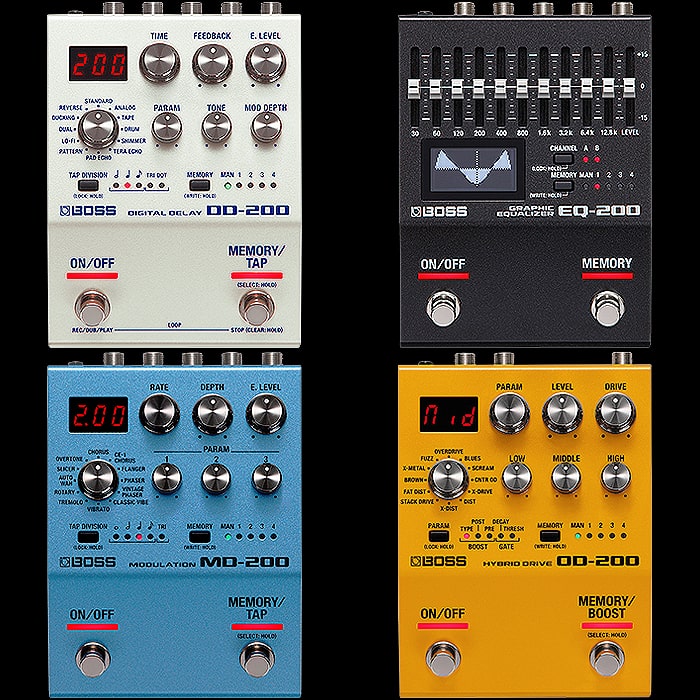
e.g. Boss, Caroline Guitar Co, Carl Martin, Drolo FX, Electro-Harmonix, Emma Electronics, Horrothia Effects, Spaceman Effects, Thorpy FX
Typically Hammond 1590BB (portrait) : 94 x 119 x 34mm
DSM & Humboldt Silver Linings pictured : 95 x 120 x 50mm
Caroline Guitar Co : 93 x 119 x 51mm
Spaceman Effects : 94 x 120 x 34mm
MEDIUM-SQUARE
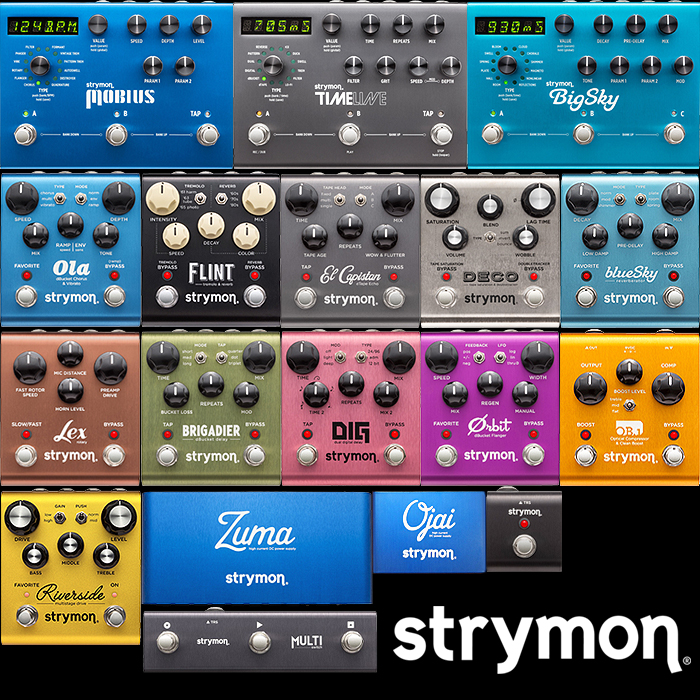
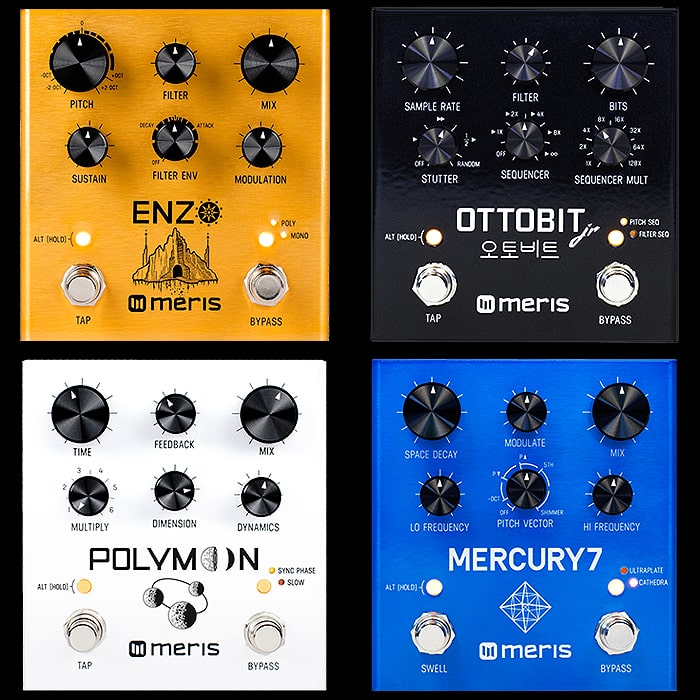
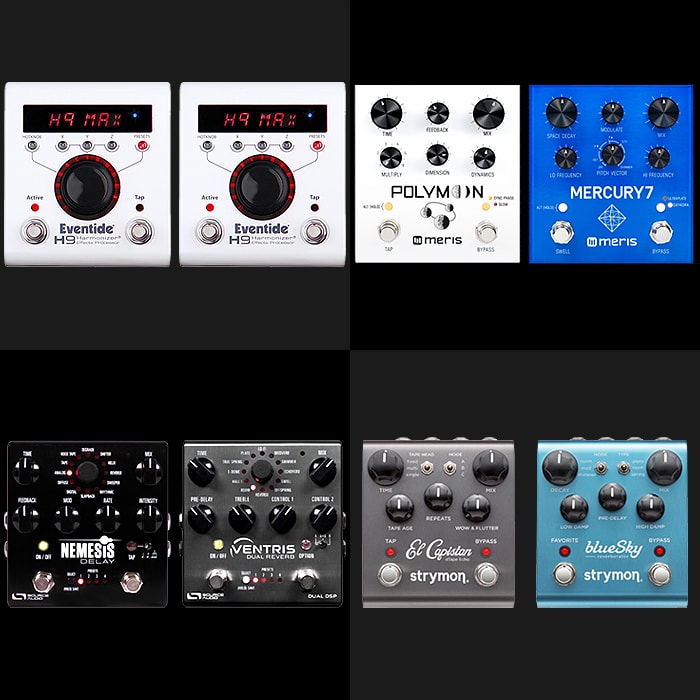
e.g. Strymon, Mastro Valvola, Meris, Source Audio, Eventide H9, Eventide, GFI System
Typically Custom - various dimensions
Source Audio Ventris pictured : 114 x 114 x 51mm
Strymon : 99 x 112 x 62mm
Meris : 108 x 108 x 65mm
Mastro Valvola : 90 x 110 x 66mm
Eventide H9 : 118 x 133 x 50mm
MEDIUM-STOUT / MEDIUM-HORIZONTAL
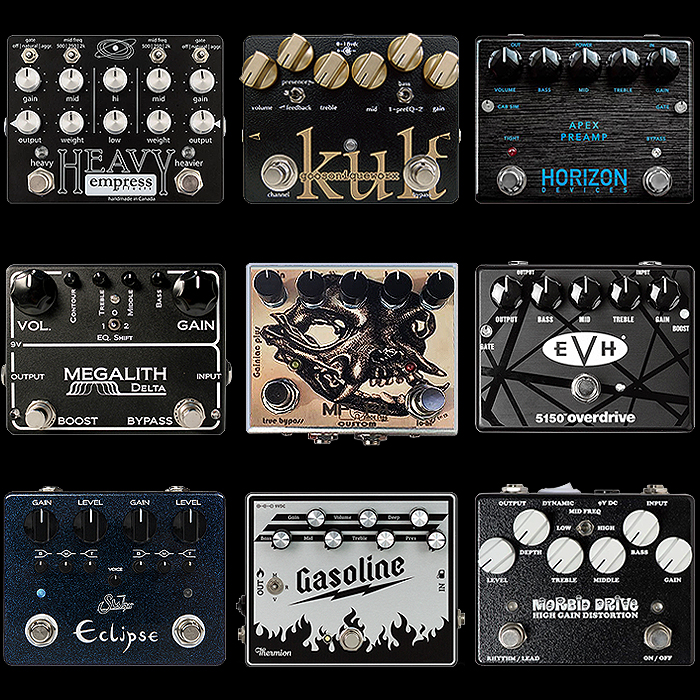

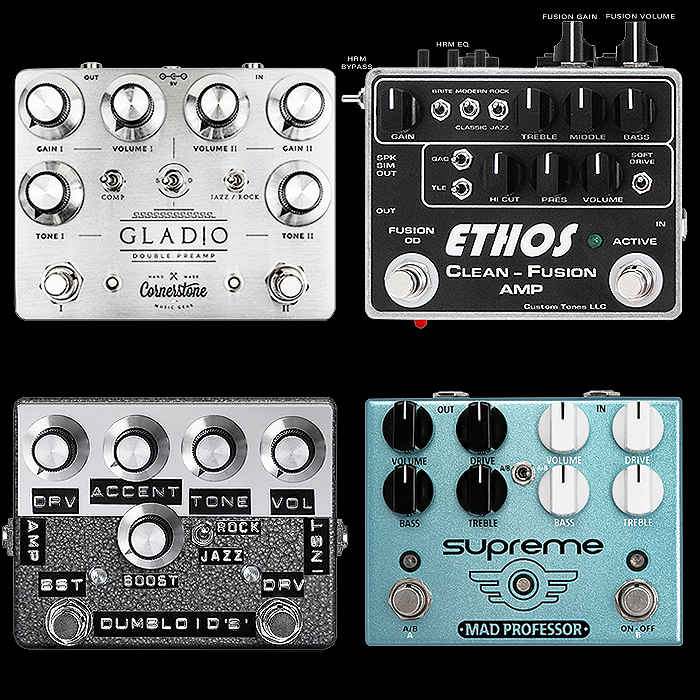
e.g. Empress Effects, Spiral Electric FX
Typically Hammond 1590BB (landscape) : 119 x 94 x 34mm
Drunk Beaver Heavy Bat pictured : 119 x 94 x 34mm
Empress Effects : 114 x 89 x 34mm
Spiral Electric FX : 120 x 94 x 50mm
LARGE
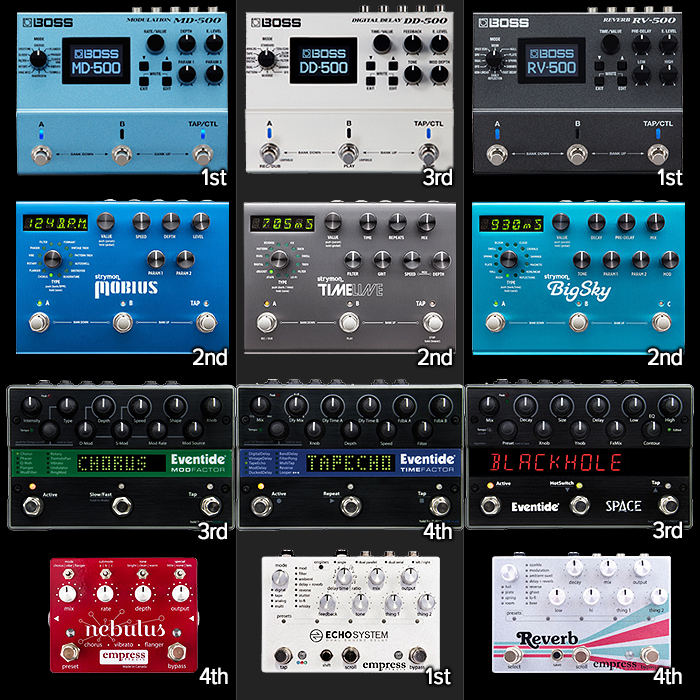
Typically Custom - various dimensions
e.g. Strymon, Amplitube, Boss, Electro-Harmonix, Empress Effects
Boss RV-500 pictured : 170 x 138 x 62mm
Strymon : 171 x 130 x 45mm
Empress Effects : 145 x 95 x 44mm
Electro-Harmonix : 146 x 121 x 64mm
AmpliTube X-Series : 175 x 145 x 58mm
XTRA-LARGE
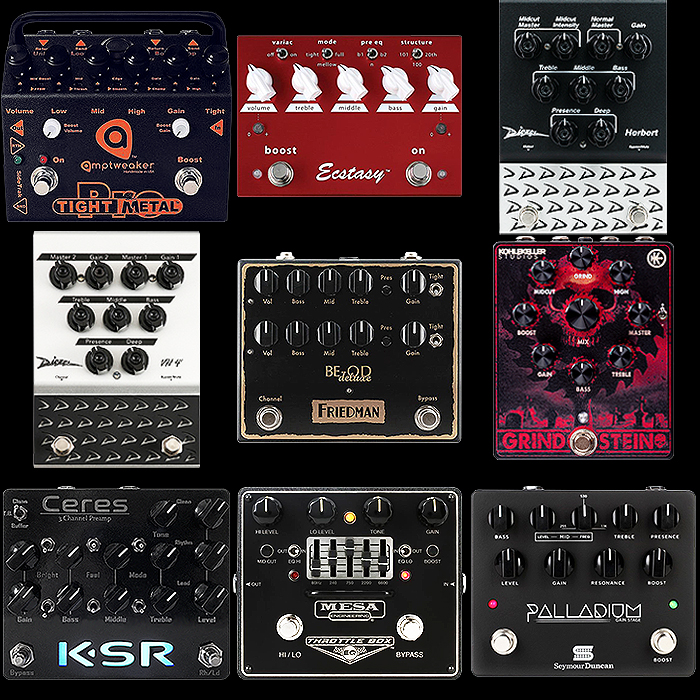
Typically Custom - various dimensions
e.g. Eventide, Zander Circuitry
Eventide X-Factor Series pictured : 190 x 122mm x 54mm
Zander Circuitry Workstations : 180 x 120 x 55mm
Final Thoughts

I like to operate mostly in the purples and blues here - in particular Compact, Medium-Slim, and Medium-Tall. I do question certain builders' use and orientation of certain enclosures - and I really don't understand those in particular who tend to favour the Medium-Stout format - where Medium-Tall is much more practical.
Also if I'm getting the pedal in a Medium enclosure - it needs to have more about it than a typical compact - including ideally dual footswitches. Any medium enclosure pedal with a toggle that doesn't employ footswitch for that function is missing a trick. Also if your enclosure is Medium - you should be able to fit in top-mounted footswitches. It's not a deal killer for me per se - but it can sway the jury!
So this is a mix of enclosure naming convention as corresponds to effect type, complexity and accomodatability!
I don't see the appeal in the larger enclosures - beyond those killer Workstation style Pedals - while the GFI Synesthesia and Neunaber Illumine - show how well those kinds of pedals can be covered in Medium enclosure. Walrus Audio's Make Series has be revolutionary too - giving you stereo and multi-fx - with really smart controls - all in a compact enclosure. For sure they've kind of borrowed the topology from Chase Bliss Audio - but they've moved that on a fair bit too.
Do let me know where your own preferences are within all of this - and how practical those choices might be!







